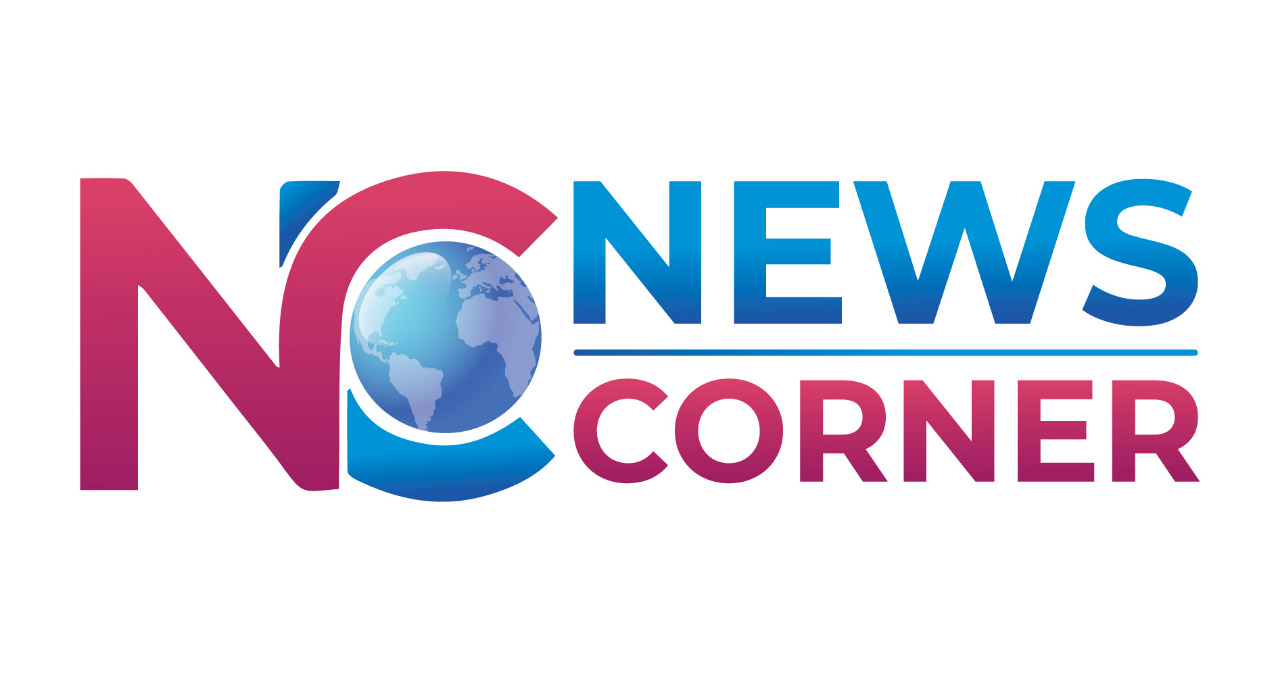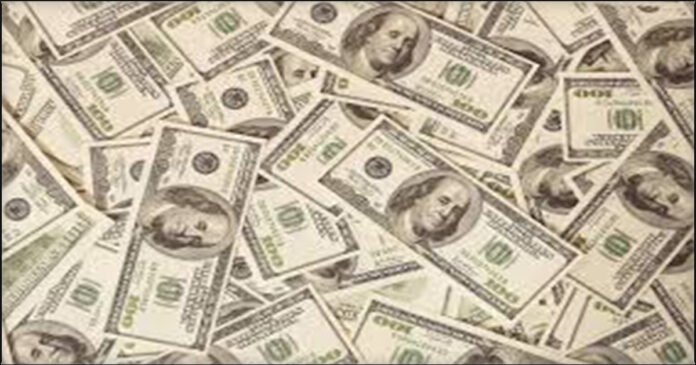In a basket of global currencies, the dollar is slightly up on Monday, temporarily regaining ground lost to recent six-month lows. It has declined recently as sentiment has been shaky and markets have wagered that the US Federal Reserve’s tightening cycle may be coming to an end.
As a result of several nations, including major commercial hubs like Britain and Japan, being closed for a holiday, the first trading day of the year was quiet.
The dollar index, which compares the value of the dollar to a basket of other major currencies, was up around 0.16% at 103.65, off its recent lows of approximately 103.38, which were about six months ago.
At $1.0680, the euro was down almost a third of a percent but still close to its highest levels since June.
The dollar was slightly weaker against the yen at 130.94 after falling to its lowest levels since August last month.
Ulrich Leuchtmann, head of currency research at Commerzbank, stated: “There is an attempt by the dollar index to climb higher today but we do see that it is losing a large part of the power it earned last year.”
The market was not convinced following the most recent Fed meeting that interest rates wouldn’t be lowered later in 2023.
The coming year will be intriguing. The Fed has begun to decrease the rate of increases after raising rates by a total of 425 basis points since March in an effort to rein in rising inflation.
The Fed’s tightening supported the dollar index’s 8% increase last year, which was its largest annual increase since 2015.
the strongest year for the US dollar since 2015
A key focus for markets remain central banks and inflation, as well as signals of how long and deep a recession might prove to be.
International Monetary Fund Managing Director Kristalina Georgieva said on Sunday that 2023 is going to be a tough year for the global economy.
Data from China, meanwhile, showed factory activity shrank for the third straight month in December and at the sharpest pace in nearly three years as COVID infections swept through production lines after the government’s abrupt reversal of anti-virus measures. S&P Global’s final Purchasing Managers’ Index (PMI) for German manufacturing rose to 47.1 in December from November’s 46.2 as fading supply chain problems helped ease the downturn in the sector.
Despite the fact that the euro area economy is also on the verge of a recession, worries regarding gas supplies throughout the winter have subsided, suggesting that the slump may not be as severe as initially anticipated.
According to ECB chief Christine Lagarde, salaries in the euro zone are rising more quickly than previously anticipated, and the ECB must stop this from pushing up inflation, which is already high.
According to Danske Bank’s head analyst Piet Haines Christiansen, “the recent euro surge is motivated by a mixture of elements, including both the hawkish ECB language and hopes of a peak in US rates.”
“It is also bolstered by hopes that the situation with the natural gas supply is not as terrible as anticipated.”

